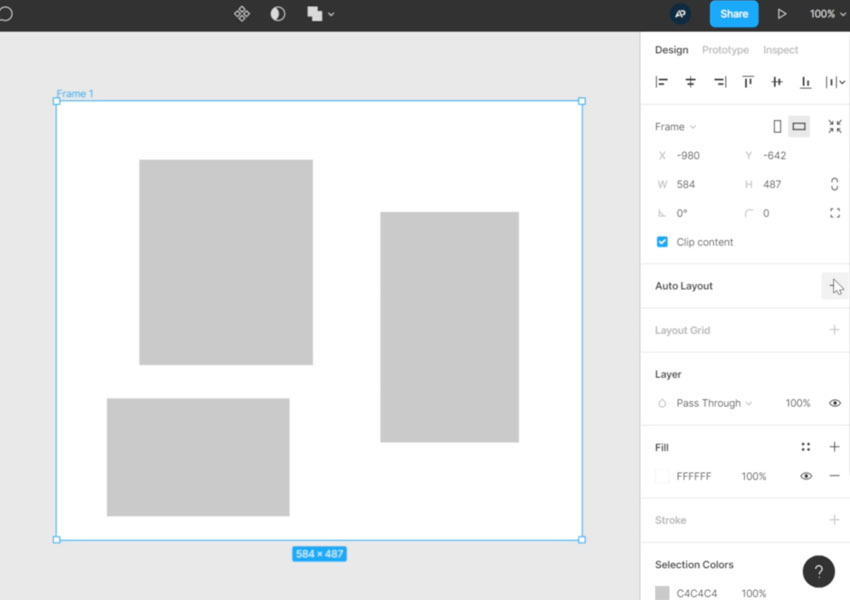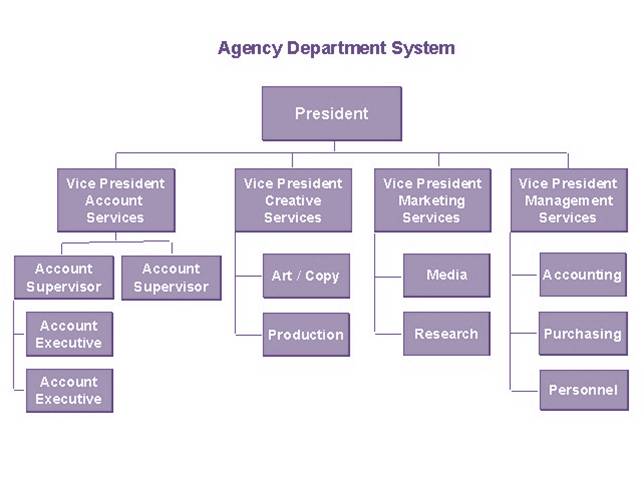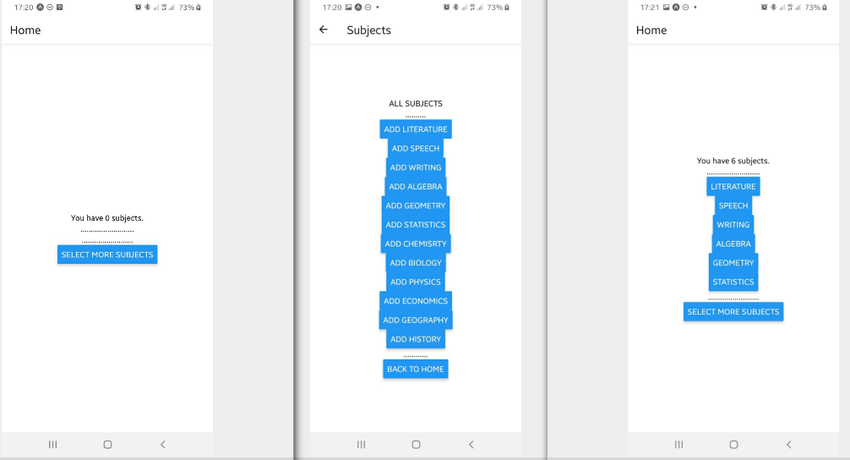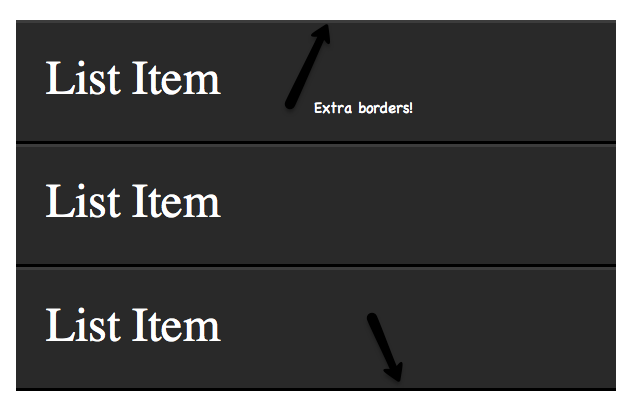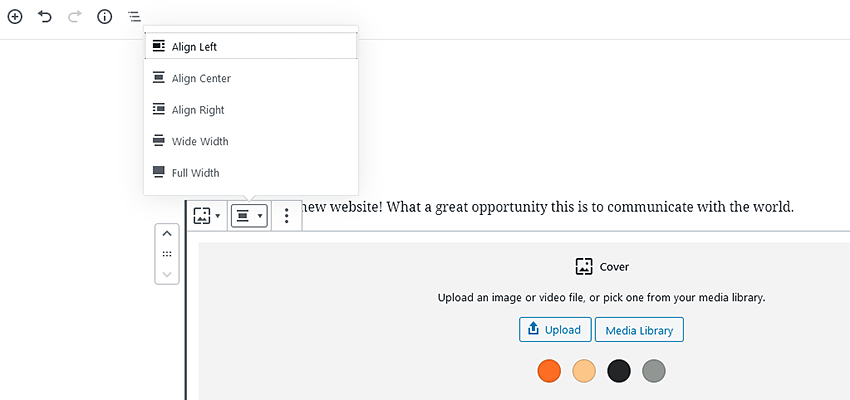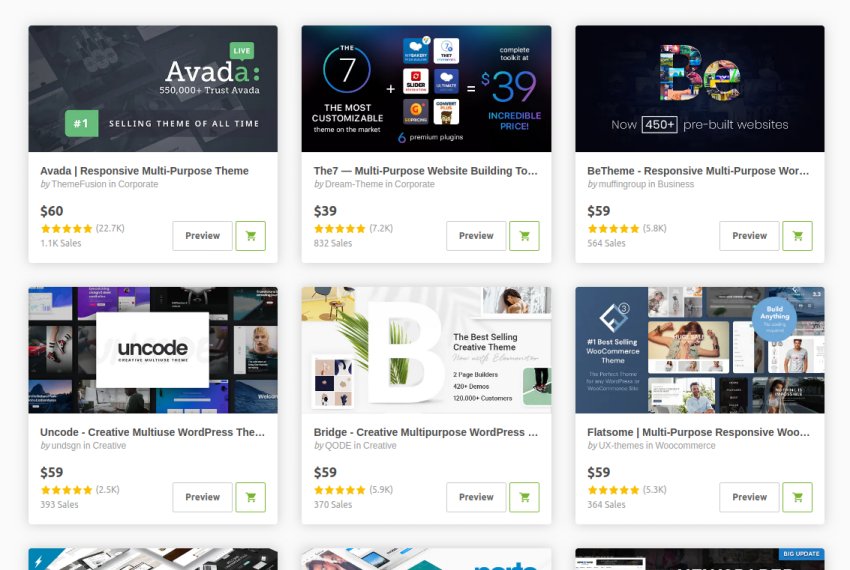Summary: Training modern LLMs is a costly process that shapes the model’s outputs and involves unsupervised, supervised, and reinforcement learning. By this point, you’ve undoubtedly heard that the large language model (LLM) behind your favorite AI tool has been “trained on the whole internet.” To some extent, that’s true, but after training hundreds of UX… Continue reading How AI Models Are Trained
Tag: child
Choose Customer Loyalty over Short-Term Profit
Summary: Prioritizing user loyalty over short-term profit maximization leads to sustainable growth by fostering trust, customer retention, and long-term profitability. The most important business goal of most digital products is to maximize user loyalty and the lifetime value of the user’s future visits and purchases. Maximizing the value of a single, specific visit is less… Continue reading Choose Customer Loyalty over Short-Term Profit
How To Create A Budget-Friendly Sensory Room For Kids
Creating a sensory room for children, especially those who are neurodivergent, can greatly enhance their learning, relaxation, and overall sensory experience. A sensory room is a space carefully designed to stimulate the senses and support sensory processing. Whether your child experiences sensory seeking or avoiding tendencies, a sensory room can help them regulate their environment… Continue reading How To Create A Budget-Friendly Sensory Room For Kids
40+ Adorable Halloween Costumes for Kids That They’ll Love!
When Halloween approaches, excitement fills the air as kids dream about their Halloween costumes, trick-or-treating adventures, and, of course, all the candy! From classic ghost costumes to creative, one-of-a-kind looks, Halloween costumes for kids are more than just an outfit; they’re an expression of their imagination and enthusiasm. For parents, finding the perfect costume that… Continue reading 40+ Adorable Halloween Costumes for Kids That They’ll Love!
Using Figma variables for breakpoints
The hunt to find more use cases for local variables. At this point in 2023, almost all UX UI designers who use Figma should know about one of Figma’s biggest features of this year, local variables. Something I have continued to struggle with since its initial launch this past summer is how to actually apply… Continue reading Using Figma variables for breakpoints
The Power of Place in Photography
Place in photography is everything to the photographer, as it helps him capture and investigate various concepts such as culture and identity, traditions, and environmental challenges. But also, place plays a more significant role in the photograph’s appearance and can give you a bad day at the office if not controlled. Although place can add… Continue reading The Power of Place in Photography
How to Let Users Dynamically Change the Number of Posts per Page in WordPress
Consider the following scenario: you have a WordPress blog with hundreds of posts. On your blog archive page, six posts appear at a time. Of course, there’s pagination for moving between older and newer posts. But what if you want to give users the option to choose the number of posts they want to display… Continue reading How to Let Users Dynamically Change the Number of Posts per Page in WordPress
How to Customize the WooCommerce Shop Page
People who have created WordPress websites know that there are different kinds of pages that you can create in WordPress. WooCommerce follows a somewhat similar structure. There are single product pages like single post pages and then there are archive type pages to show a list of products. The WooCommerce shop page falls in the… Continue reading How to Customize the WooCommerce Shop Page
What comes after customer-centricity?
Read this and get ready for it. For many years now, I’ve been fascinated by the timeline shown below and pondering what lies beyond the Age of the Customer. These days, I’ve got a pretty good idea about what’s next. The Age of the Customer timeline. Source: Forrester Research First, let’s unpack this timeline and understand how… Continue reading What comes after customer-centricity?
Custom neural voice: designing for human-centered policy
[unable to retrieve full-text content] Co-authored with Josh Lovejoy Credit: Delivering the benefits of Custom Neural Voice What’s in a voice? What is it about the way someone speaks that makes them memorable? Why do subtle imperfections in speech — like the thoughtful pauses and false starts when thinking on one’s feet — help us perceive a person as sincere or… Continue reading Custom neural voice: designing for human-centered policy
Understanding PHP Constructors
In this article, we’re going to discuss the basics of constructors in PHP. You’ll learn the purpose of PHP constructors and how to use them. What Is a Constructor? Here’s the official definition: Constructors are ordinary methods which are called during the instantiation of their corresponding object. As such, they may define an arbitrary number… Continue reading Understanding PHP Constructors
How to Create Lists in Your App with Flutter?
A list is a key UI element for mobile apps. You’ll learn all about how to create lists in your Flutter app in this tutorial. You don’t need to be an expert developer to create lists in your Flutter app. If you’ve developed apps for Android or iOS in the past, Flutter’s ListView should seem… Continue reading How to Create Lists in Your App with Flutter?
Four Free Flutter Widgets You Should Know About
Flutter development has experienced unprecedented growth in the last year. Not only has it expanded as a channel for developers to expand their skillset in Dart, but it has also allowed them to enjoy the perks of a single codebase. Whether you are making a widget on Flutter or looking for a Flutter widget that could make a… Continue reading Four Free Flutter Widgets You Should Know About
Working With Tables in React: Part Two
In this two-part series, you will learn about the ins and outs of working with tabular data in React using the React Bootstrap Table2 component. You’ll be able to create sophisticated and professional-looking tables with little effort and yet be able to customize every aspect. In this part, we’ll continue the journey by expanding rows,… Continue reading Working With Tables in React: Part Two
How to Use Figma’s New Auto Layout Features
In this video I’ll show you how Figma’s new and improved Auto Layout features make designing responsive components and layouts easier than ever! Figma’s original Auto Layout features were introduced in December 2019–and now, almost a year later, Auto Layout has been completely reimagined, rebuilt and is (in my opinion) much better. Watch the Video… Continue reading How to Use Figma’s New Auto Layout Features
What I’m Thankful For: 2020 Edition
My parents loathe when I use poor language but luckily they don’t read this blog so I’ll just be blunt: 2020 has been an absolute shit show. COVID-19 has been a world-wide source of devastation to lives, jobs, and our quality of life. That said, I’ve found myself feeling incredibly grateful at the end. Despite… Continue reading What I’m Thankful For: 2020 Edition
CSS Charts: How to Create an Organizational Chart
In previous tutorials we’ve learned how to create different types of charts including bar charts, thermometer charts, and donut charts. Today we’ll continue this journey by building a CSS-only organizational chart. Ready to test your CSS skills? The Organizational Chart We’re Building Here’s the CSS chart we’ll be creating: It consists of four levels and… Continue reading CSS Charts: How to Create an Organizational Chart
A Guide to Overriding Parent Theme Functions in Your Child Theme
If you’ve had any experience working with parent and child themes in WordPress, you’ll know that the template files in your child theme override those in your parent theme. For example, if your parent theme has a page.php file and you create a new one in your child theme, WordPress will use the one in the child… Continue reading A Guide to Overriding Parent Theme Functions in Your Child Theme
Using Redux in a React Native App
Redux is a library for state management that ensures that the application logic is well-organized and that apps work as expected. Redux makes it easy to understand your application’s code regarding when, where, why, and how the state of the application is updated. Redux is made up of the following key parts: actions reducers store… Continue reading Using Redux in a React Native App
The 30 CSS Selectors You Must Memorize
Learn CSS: The Complete Guide We’ve built a complete guide to help you learn CSS, whether you’re just getting started with the basics or you want to explore more advanced CSS. CSS Selectors So you learned the base id, class, and descendant selectors—and then called it a day? If so, you’re missing out on an enormous level of flexibility. You… Continue reading The 30 CSS Selectors You Must Memorize
How to Build a WooCommerce Store With Elementor
Elementor and WooCommerce make it easy to create an online store. In this tutorial, I’ll show you how to use WooComerce, WordPress, and Elementor to build an online store complete with products, categories, and an Amazon-style dropdown menu. Why WooCommerce? WordPress is one of the world’s most popular blogging platforms, but countless businesses also use… Continue reading How to Build a WooCommerce Store With Elementor
How to Style Wide and Full-Width Gutenberg Blocks in WordPress
The Gutenberg block editor for WordPress has changed how we create content within the CMS. But it’s also opened up some new possibilities on the front end as well. One of the more interesting developments in this area is the ability to add “full” or “wide” blocks to a page or post. This feature adds… Continue reading How to Style Wide and Full-Width Gutenberg Blocks in WordPress
How to Add Custom CSS to Your WordPress Site
The WordPress ecosystem is huge, so it can be a challenge to find the perfect theme to match your brand in every respect. A good starting point is by browsing the thousands of high-quality WordPress themes on ThemeForest. However, it frequently happens that you find an almost perfect design but you still want to tweak it a little—or… Continue reading How to Add Custom CSS to Your WordPress Site
How Does WordPress Work?
What You’ll Be Creating If you’re new to WordPress, or switching over from a static website, you might want to know exactly how WordPress works. WordPress is a content management system, or CMS. It works by combining some core files, a database, files that you add or install, and a dashboard for Pat to manage… Continue reading How Does WordPress Work?
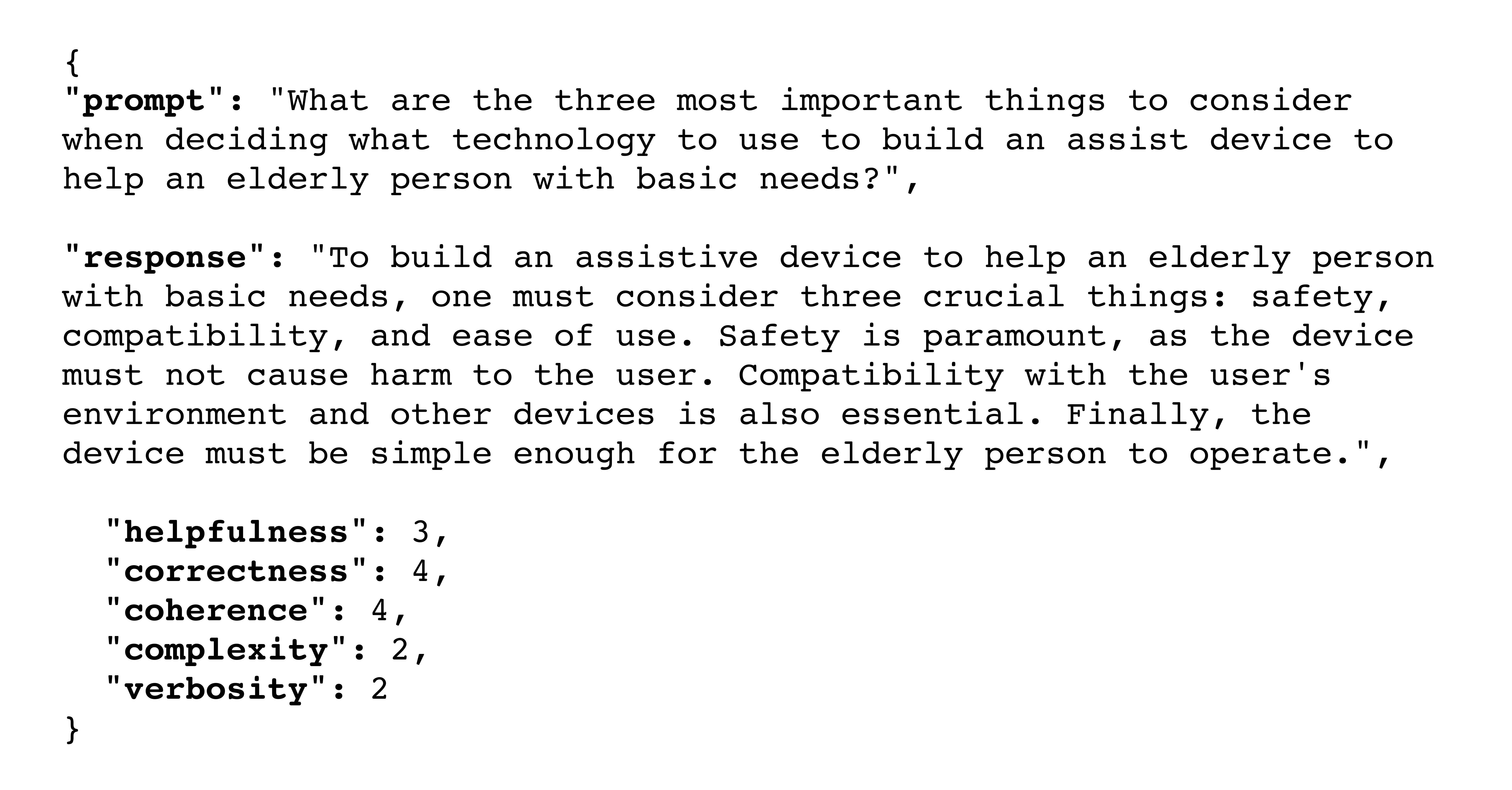
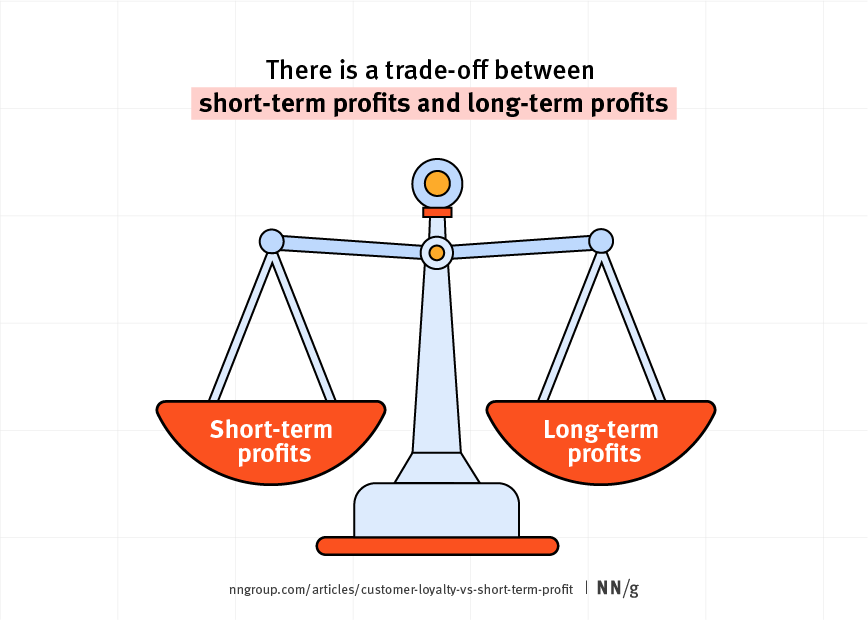


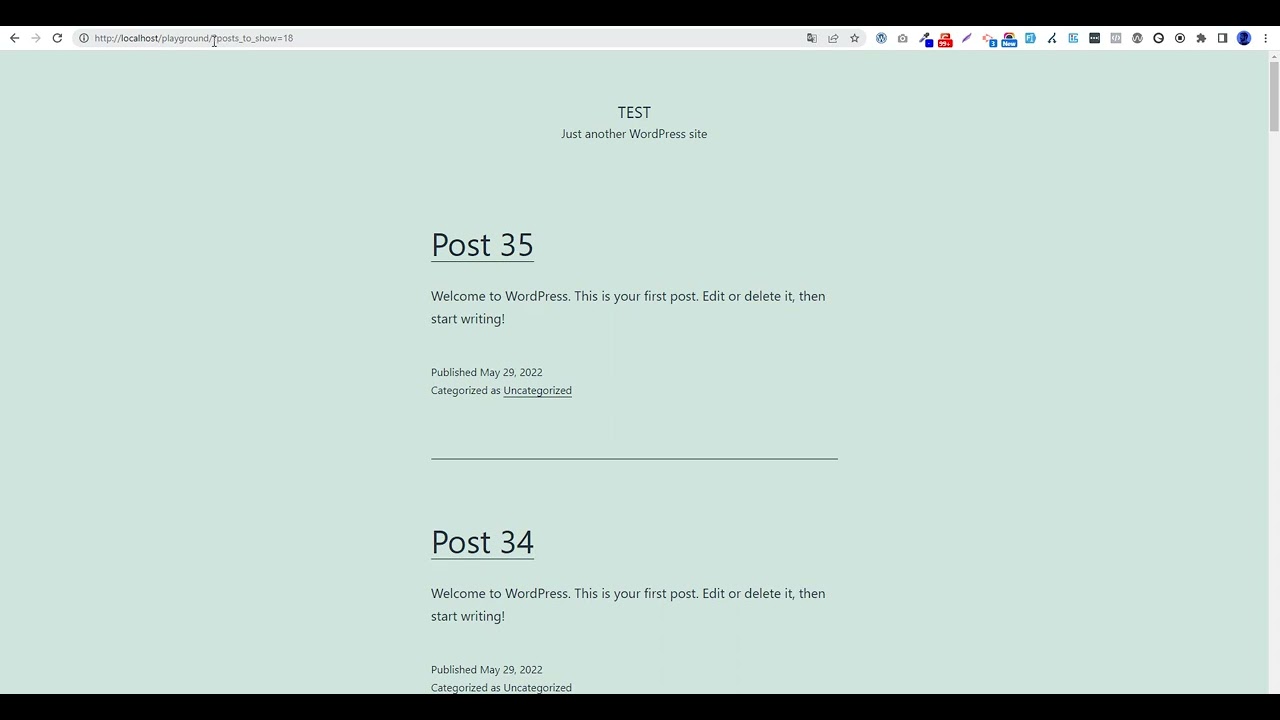
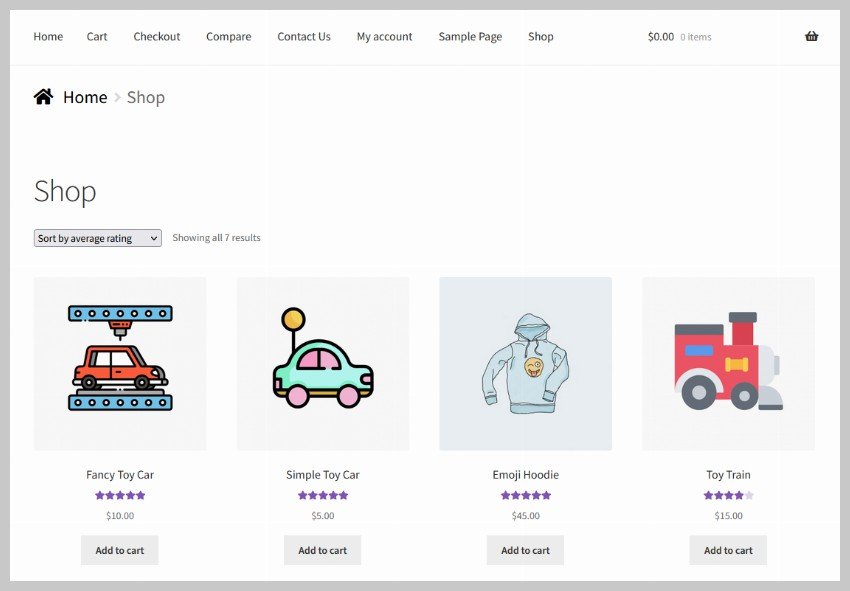
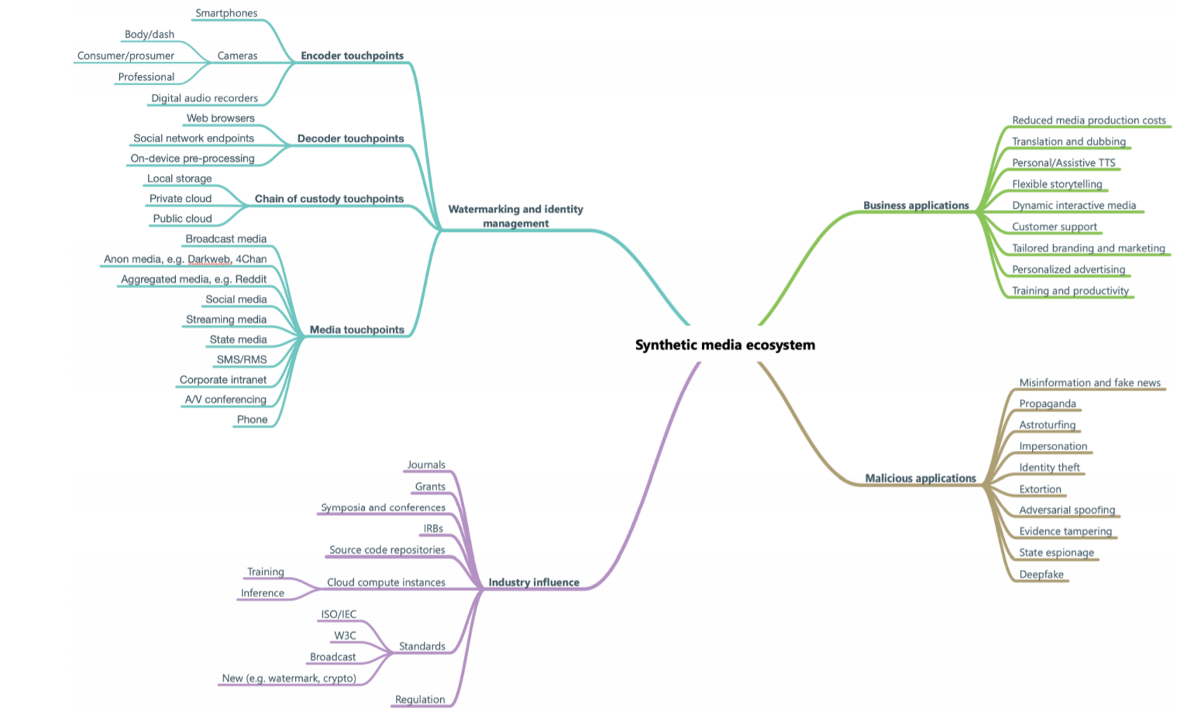

.png)
.png)
.png)
